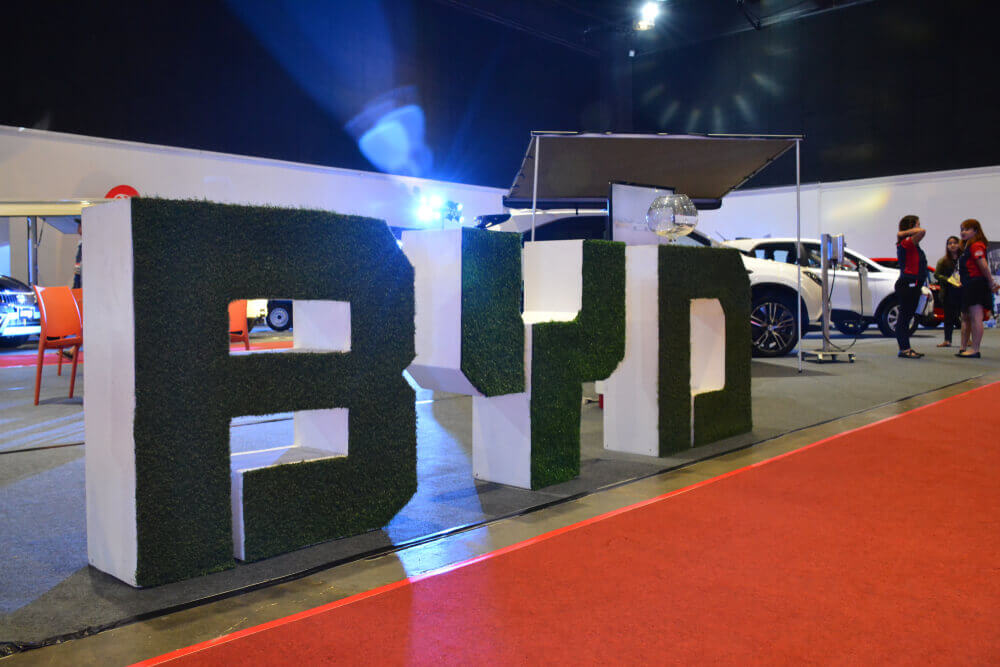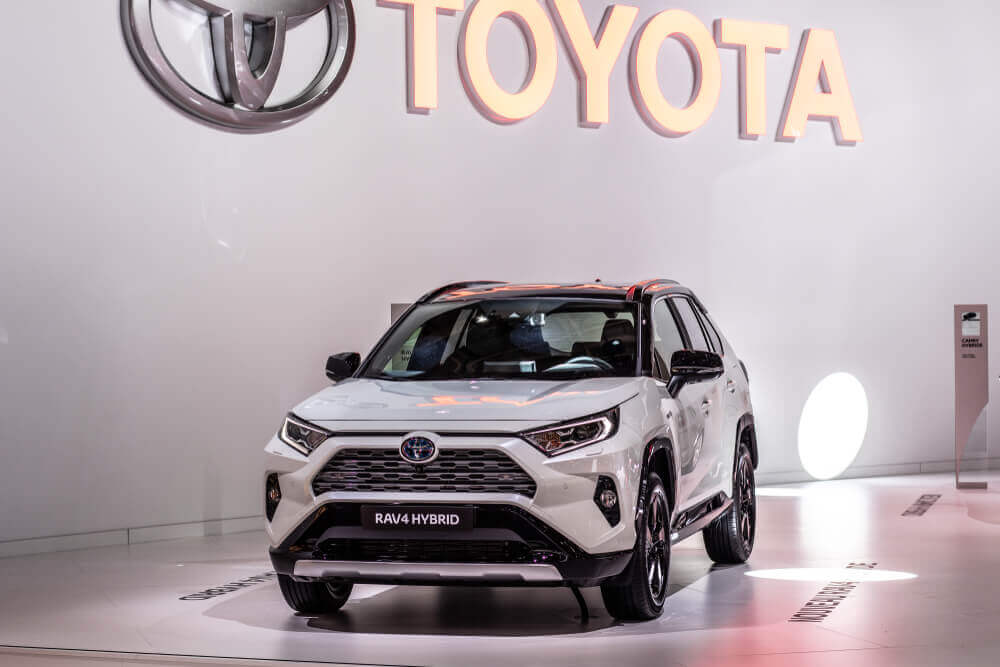
BYD Teams Up With Toyota For E-Vehicle Endeavor
On Thursday, Chinese electric car maker BYD Co Ltd and Japan’s Toyota Motor Corp stated they are planning to set up a joint endeavor.
The venture is about designing and developing battery-electric cars as they boost efforts up to generate zero-emissions vehicles.
In a statement, the two companies indicated that they would invest 50% each of the capital required. This is to establish the firm, which will be put up next year and will be situated in China.
The two businesses did not reveal the value of the venture.
Moreover, these companies are widely believed to be a latecomer in embracing battery EVs compared with rivals, including Nissan.
In June, Toyota had flagged that it aims to get half of its global sales from EVs, containing gasoline hybrids. This is expected by 2025, five years ahead of schedule.
The venture seeks to develop vehicles that run exclusively on batteries rather than plug-in hybrid or gasoline-electric vehicles, which also consists of a combustion engine.
In July, the companies said they would build battery-electric sedans and sports utility vehicles, which would then be put up for sale under the Toyota brand in China before 2025.
Toyota also expands on hydrogen fuel-cell vehicles. In addition, it plans to unveil fuel-cell car models with its Chinese partners, Guangzhou Automobile Group (GAC) and FAW Group, in China.
The introduction was after the world’s largest auto market boosts support for fuel-cell vehicles.
Shenzhen-based BYD, supported by Baffett, whose models consist of the Song series and the Qin plug-in hybrid electric vehicle, intends to move to entirely electric-powered vehicles.
However, its profits are seen to be plunging this year as China cuts subsidies on EV.
Toyota Raize Launches In Japan
 Elsewhere, Toyota Raize arrives in Japan, looking like a version of the Toyota RAV4. There’s no hint about the model leaving Japan, but the little boundary seems so good that it’s worth checking out.
Elsewhere, Toyota Raize arrives in Japan, looking like a version of the Toyota RAV4. There’s no hint about the model leaving Japan, but the little boundary seems so good that it’s worth checking out.
For comparison, the Raize measures 157.3 inches (3,995 millimeters) long against the C-HR’s 171.2 inches (4,349 millimeters).
Instead of using Toyota’s common TGNA platform, this is the first model to ride on the Daihatsu New Global Architecture (DGNA) foundations. It also allows future products to share more elements between the two brands.
The overall exterior designing is boxy and rugged. The chiseled shape makes the Raize look more significant than its short length would indicate.
Moreover, the Raize is accessible with a 1.0-liter turbocharging three-cylinder. It catches up to a diffusion that has both the belts of the CVT and gears.
Toyota states that this setup recommends “smooth acceleration at low speeds and fuel-efficient and quiet performance at high speeds.”
The Raize goes with a choice of front- or all-wheel-drive all the way through the range of trims.
Inside, the Raize is high-tech for a tiny crossover. The model comes with an LED speedometer and a seven-inch TFT screen to produce a digital instrument display.
The nine-inch infotainment presentation supports Apple CarPlay.
In addition, the available safety tech comprises adaptive cruise control, parking assist, and crash avoidance braking that can detect vehicles and pedestrians.
Meanwhile, the cargo rear has an uneven floor that offers up to 369 liters (13.03 cubic feet) in its shortest position and with the rear seats up.
Prices for the Raize begin at 1.679 million yen ($15,403 at current exchange rates). The most pricey trim level goes for 2,282,200 yen ($20,935).




